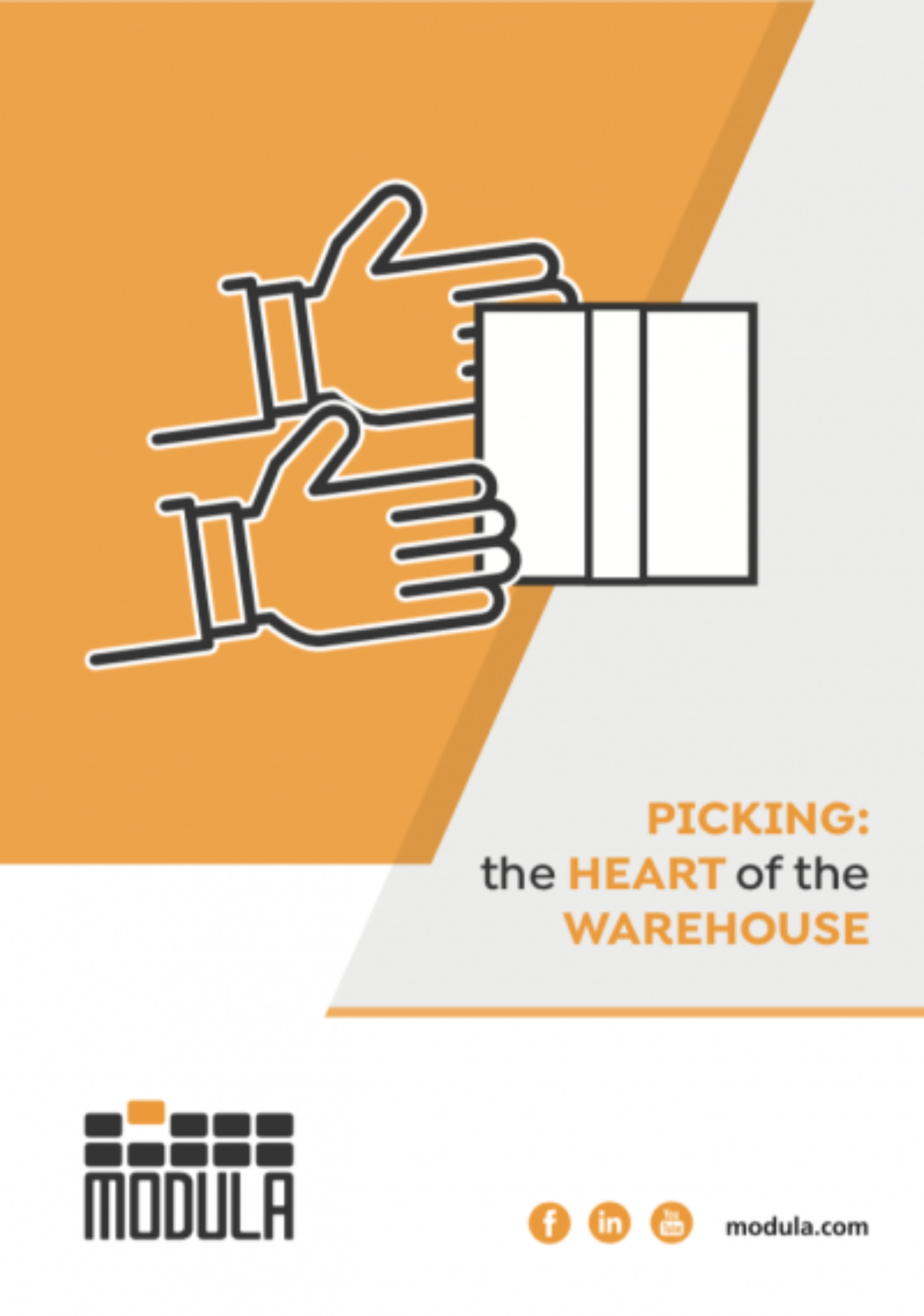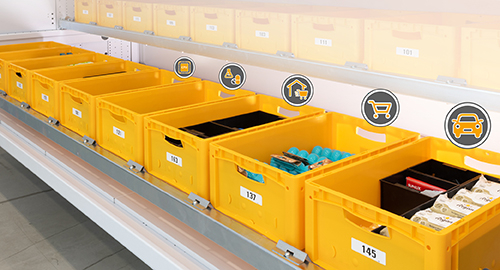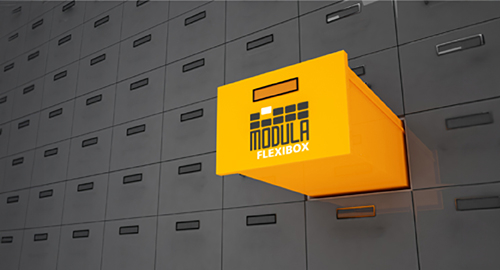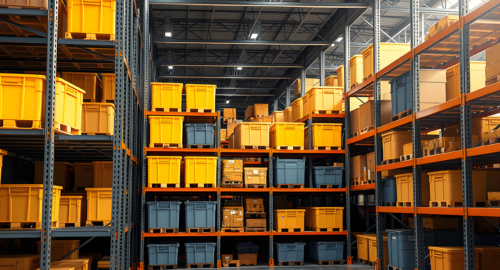Warehouse shelves are structures for storing a company’s goods.
The area and height of the building can be optimised to a greater or lesser extent depending on the storage shelving type used, although it will also depend on the type of industrial shelving we want to use.
But what storage shelving options exist?
1. Conventional shelving
One of the most common warehouse shelving types are conventional shelving, which have various levels of separation between each metal structure so that the operator can store and pick orders.
One of the biggest problems with this type of storage shelving is the amount of time wasted whenever an operator has to store and pick a product, which can also reduce productivity.
2. Compact shelving
Compact storage systems or compact shelving units consist of blocks of goods, primarily with homogeneous products, and with low or medium rotation.
The shelving itself forms interior roads where the maintenance equipment, such as forklifts or elevators, can enter. The main advantage of compact shelving is that it can double the storage capacity, although it occupies much more space than Modula automatic vertical warehouses.
3. Dynamic and Push-back Shelving Units
Another type of warehouse shelving unit is dynamic and push-back shelving. These are variants of compact shelving, which take advantage of gravity to improve storage and picking times.
Each of these shelving unit types are differentiated by the type of criteria used. Dynamic (FIFO) shelving units are based on the method whereby the first goods in are the first goods out. With push-back (LIFO) shelving, on the other hand, goods are stored and picked from the same end of the shelf.
The disadvantages of this system lie in the limitation of the measurements of the loading units and the limited number of references to be stored, an essential condition for the efficiency of this type of system.
4. Cantilever shelving units
The cantilever logistical shelving type is highly suited to voluminous products, and requires aisles to access the shelves.
5. Automatic Shelving with Modula Automatic Warehouses
One of the best alternatives to conventional shelving types are automated vertical storage systems, which are efficient response to modern storage and stock-management demands in warehouses.
Automated warehouse management models like Modula are designed to overcome some of the limitations of traditional systems, maximising storage space and adapting to the different needs of each warehouse, thanks to its wide range of products and specific options to improve the productivity of the Modula VLM.
How to optimize picking operations?



